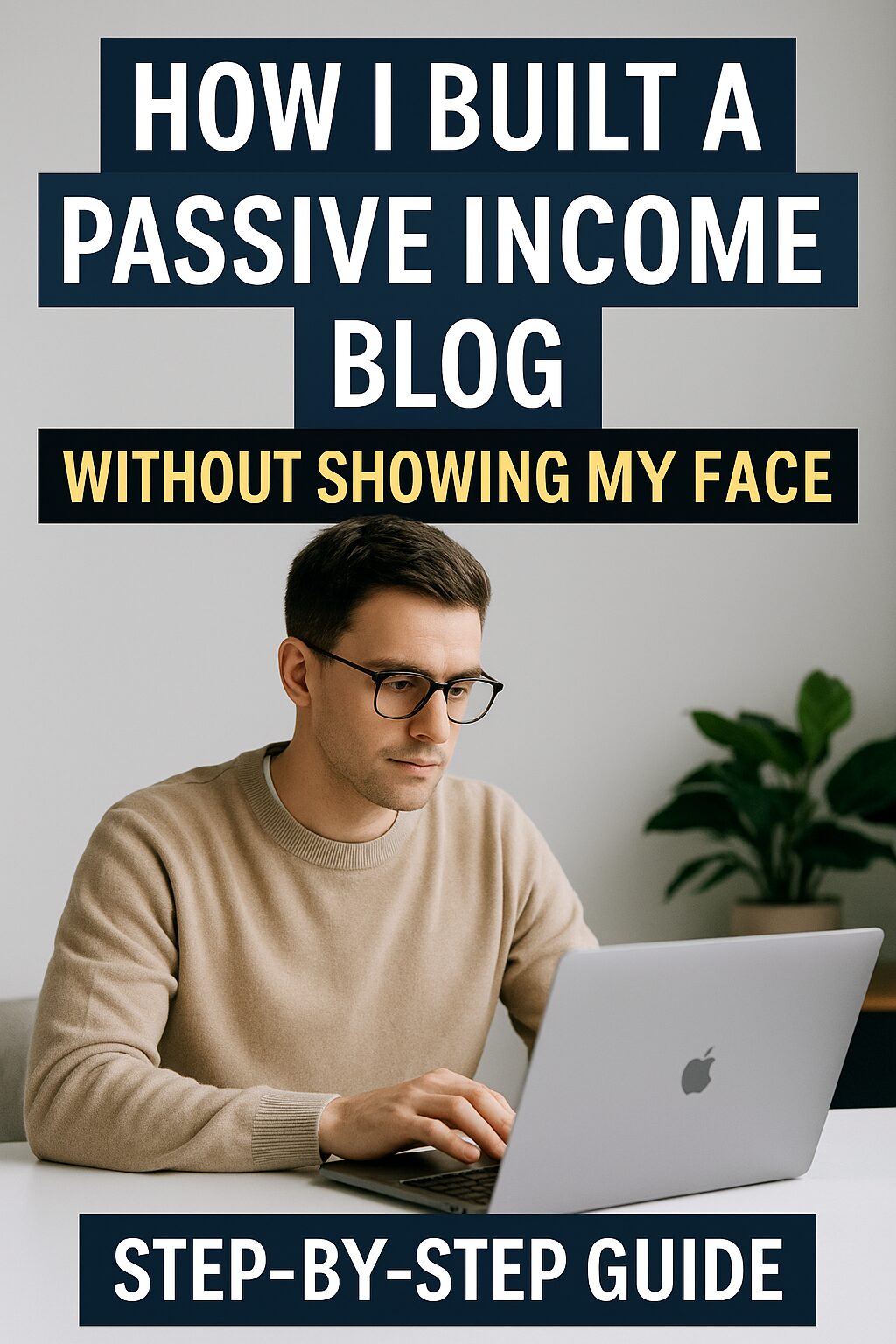I didn’t choose the $100 challenge — life forced it on me.
One year ago, I lost my freelance gig overnight. Rent was due in two weeks, and I had exactly $102 in my bank account. No side job, no savings, and no credit card cushion. Just cold reality and 30 days ahead of me.
This is not a motivational story. It’s a survival log. If you’re broke right now — really broke — I want to show you what actually works when the money is gone and panic sets in. No fluff. Just lessons learned the hard way.
Week 1: Reality Hits — Cut Everything Fast
The first 3 days were denial. I still bought a $5 latte thinking I needed comfort. Big mistake. By Day 4, I panicked and did the one thing that saved me: I opened my bank app and listed every single recurring payment.
What I cut immediately:
- Spotify, Netflix, Canva Pro → paused all subscriptions
- Phone plan → downgraded to Wi-Fi only SIM ($7/month)
- Groceries → switched to bulk rice, frozen veggies, and eggs
Key Mindset: You’re not “downgrading your life.” You’re surviving. You will upgrade again.
Week 2: Bartering & Local Hacks
By the second week, I knew cash wouldn’t last. I had $38 left. Here’s what worked:
- Barter for essentials: I offered a local mom 3 hours of website help in exchange for 5 days of dinner leftovers. Sounds crazy, but it worked.
- Facebook Buy Nothing groups: Scored toothpaste, a winter coat, and even some fruit.
- Libraries = free everything: I practically lived at the library — warmth, internet, power, and even free workshops.
Unexpected Win: I joined a free “job skill swap” circle. I taught basic design and got free resume reviews.
Week 3: Side Hustle Mode – $1 at a Time
At this point, I was desperate. So I hustled.
- UserTesting.com: $10 for 20-min reviews — made $50 in a week
- Pet sitting app: Got a 3-day gig watching a neighbor’s dog = $60
- Old stuff = cash: Sold 2 unused items on Facebook Marketplace for $40
But the game-changer?
A $25 blog post on Medium that actually got tips from strangers. That was the moment I realized content can work.
Strategy Tip: Go where people already pay — apps, marketplaces, platforms. Don’t try to build from scratch when you’re broke.
Week 4: Shift the Mindset, Not Just the Budget
By now, I had made $180 total. Not much, but enough to survive without borrowing. What changed most was not money, but my relationship with money.
I stopped thinking like a spender and started thinking like a system builder.
- I automated $2/day savings.
- I used Google Sheets to track daily emotional spending triggers.
- I made peace with being “boring” — rice, water, repeat meals.
What I didn’t do:
- I didn’t touch payday loans.
- I didn’t borrow from friends or family.
- I didn’t buy anything I couldn’t justify 3 times.
Hard Truth: Most of us are broke not because of lack of money, but because we react emotionally. This month trained that out of me.
Final Thoughts – What Actually Worked
This is not a challenge you should choose. But if life puts you here, here’s what really helped:
- Cut fast and deep. The slower you cut, the more it hurts.
- Barter like your grandma did. Pride doesn’t pay bills.
- Use existing systems. Freelance platforms, apps, local groups.
- Track emotions, not just expenses. Your feelings leak money.
- Make $1 first, then $10. Confidence is built by tiny wins.
What Changed After That Month?
- I now have a blog making $500/month — no viral post, just steady.
- I freelance with intention, not panic.
- I still live on less than $800/month.
But more than anything, I know I can survive anything now.
That’s worth more than money.
📌 Coming Up Next:
Our next post, “Visiting a Doctor in Korea – What Every Foreigner Must Know,” is a practical guide to understanding Korea’s healthcare system. Whether you’re an expat, traveler, or digital nomad, you’ll learn what to expect during medical visits and discover smart ways to save money while getting the care you need.














